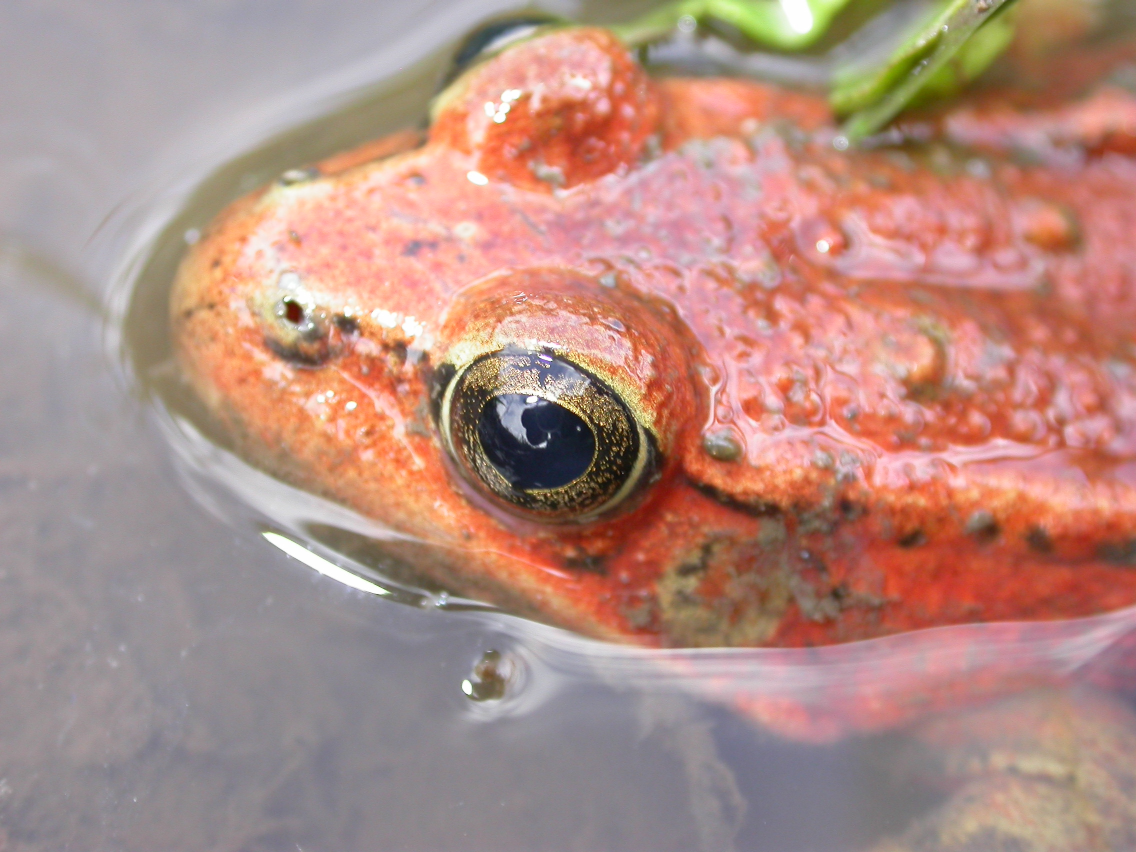Population Trends, Survival, and Sampling Methodologies for a Population of Rana draytonii
Abstract/Summary
Estimating population trends provides valuable information for resource managers, but monitoring programs face trade-offs between the quality and quantity of information gained and the number of sites surveyed. We compared the effectiveness of monitoring techniques for estimating population trends of Rana draytonii at Point Reyes National Seashore, California, USA, over a 13-year period. Our primary goals were 1) to estimate trends for a focal pond at Point Reyes National Seashore, and 2) to evaluate whether egg mass counts could reliably estimate an index of abundance relative to more intensive capture-mark-recapture methods. Capture-mark-recapture surveys of males indicated a stable population from 2005 through 2009, despite low annual apparent survival (26.3%). Egg mass counts from 2000 through 2012 indicated that despite some large fluctuations, the breeding female population was generally stable or increasing, with annual abundance varying between 26 and 130 individuals. Minor modifications to egg mass counts, such as marking egg masses, can allow estimation of egg mass detection probabilities necessary to convert counts to abundance estimates, even when closure of egg mass abundance cannot be assumed within a breeding season. High egg mass detection probabilities (mean per-survey detection probability = https://0.98 [0.89-0.99]) indicate that egg mass surveys can be an efficient and reliable method for monitoring population trends of federally threatened R. draytonii. Combining egg mass surveys to estimate trends at many sites with capture-mark-recapture methods to evaluate factors affecting adult survival at focal populations is likely a profitable path forward to enhance understanding and conservation of R. draytonii.
Publication details
| Published Date: | 2017-11-09 |
| Outlet/Publisher: | Journal of Herpetology 51:567-573 |
| Media Format: | URL |
ARMI Organizational Units:
Southwest, Northern California - BiologyTopics:
Monitoring and Population EcologySpecies and their Ecology
Place Names:
CaliforniaPoint Reyes National Seashore
Keywords:
amphibiansdemographics
ecology
mark-recapture
monitoring
trends

